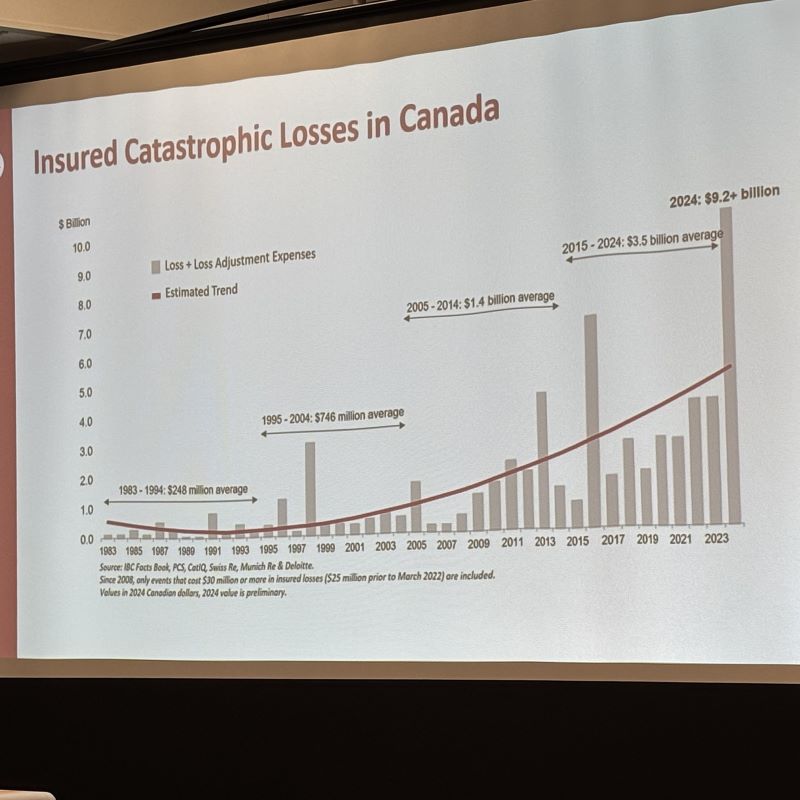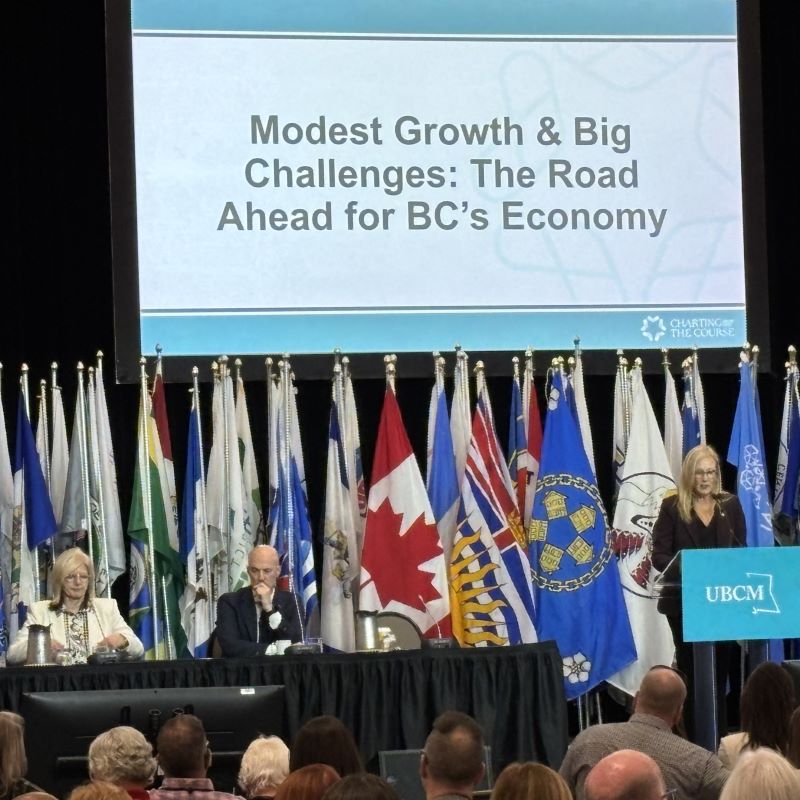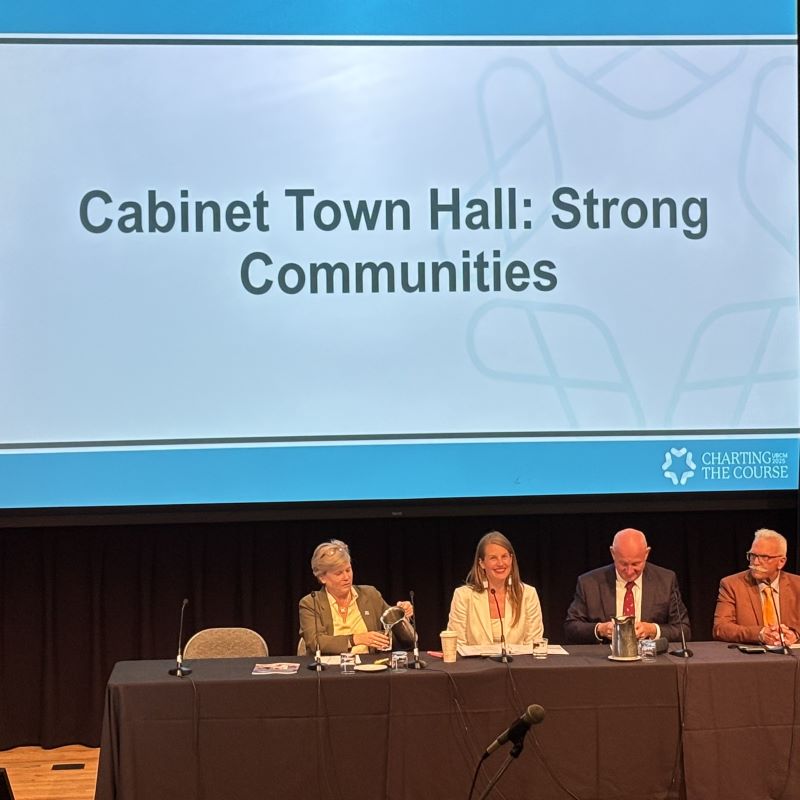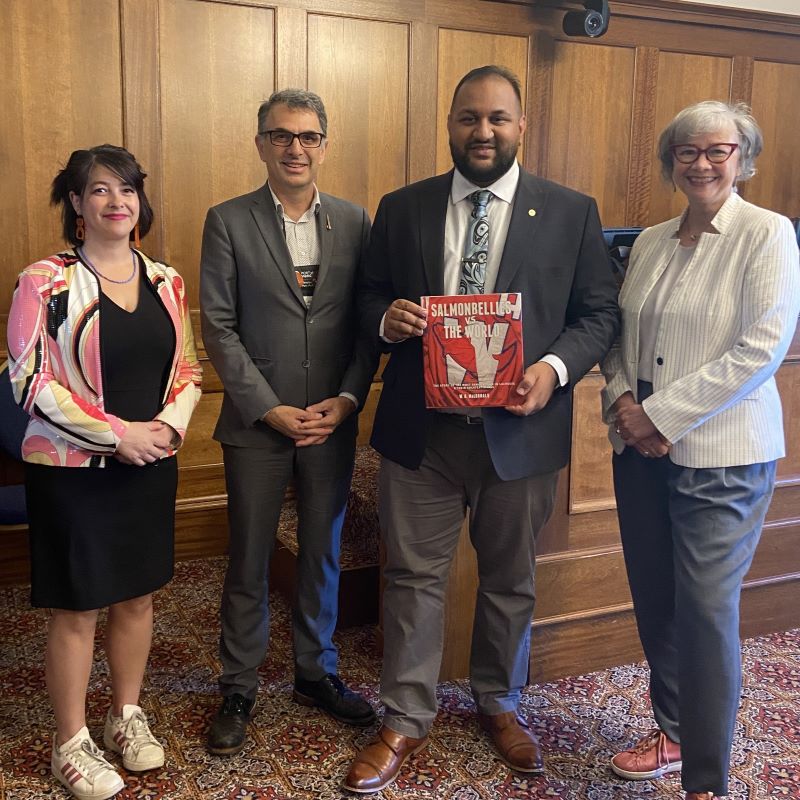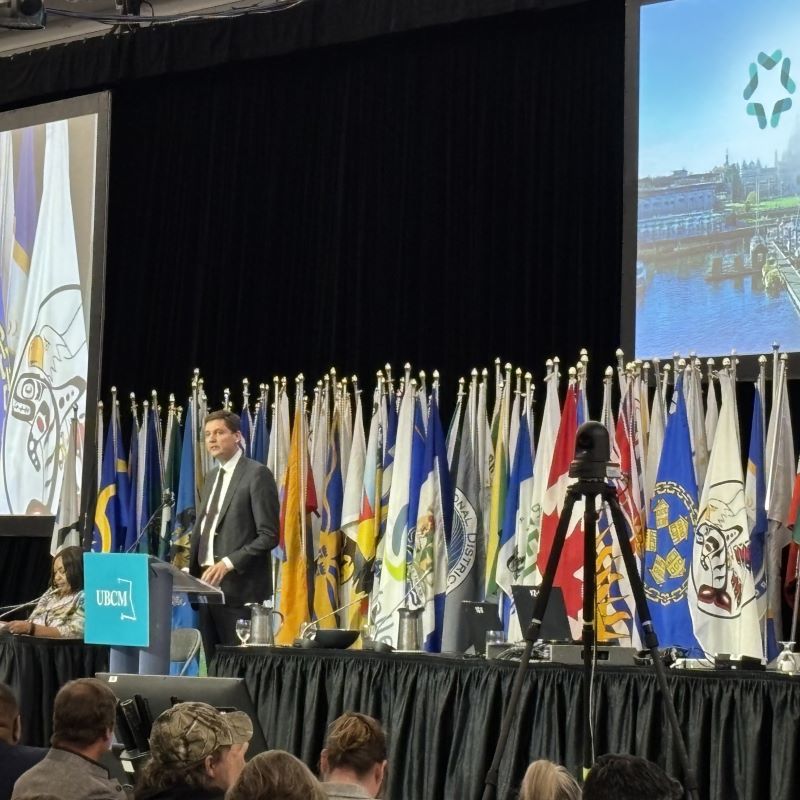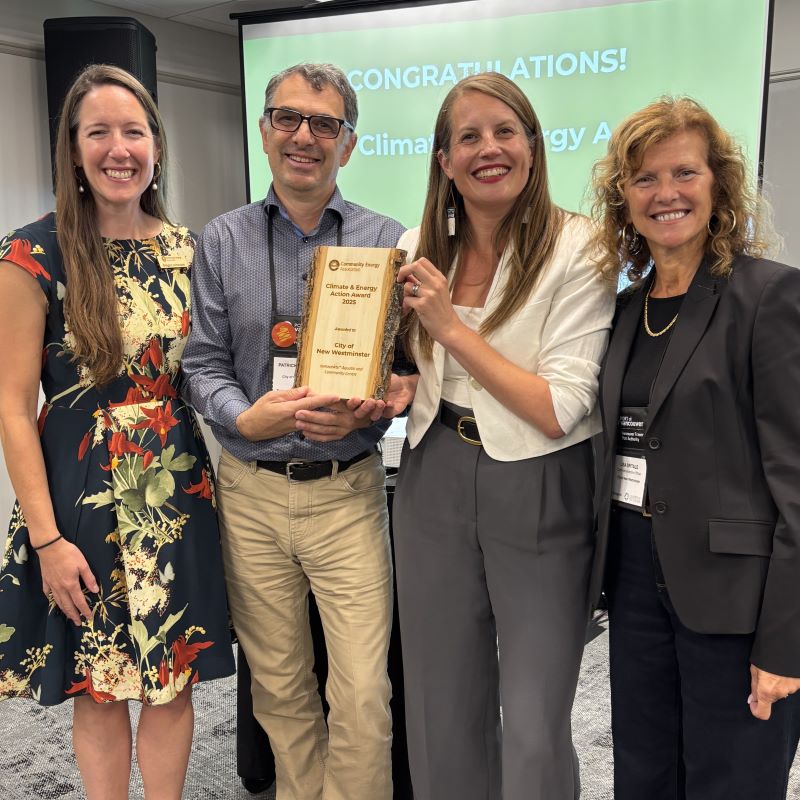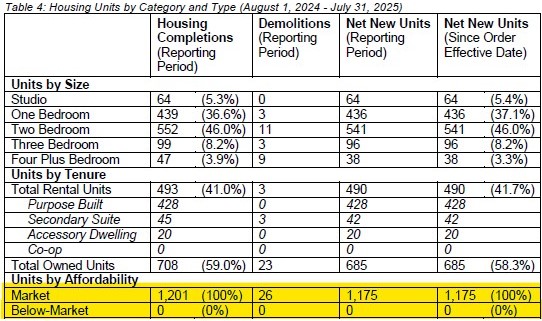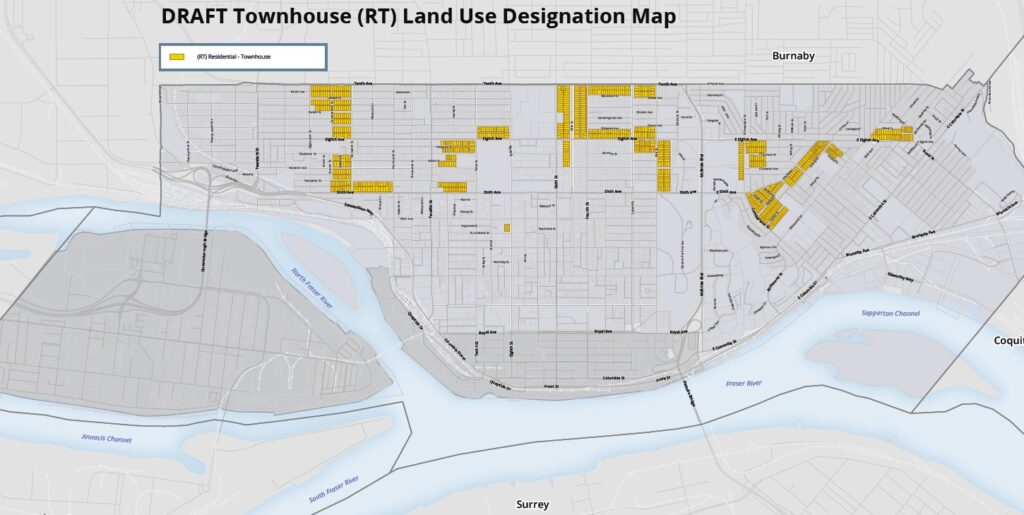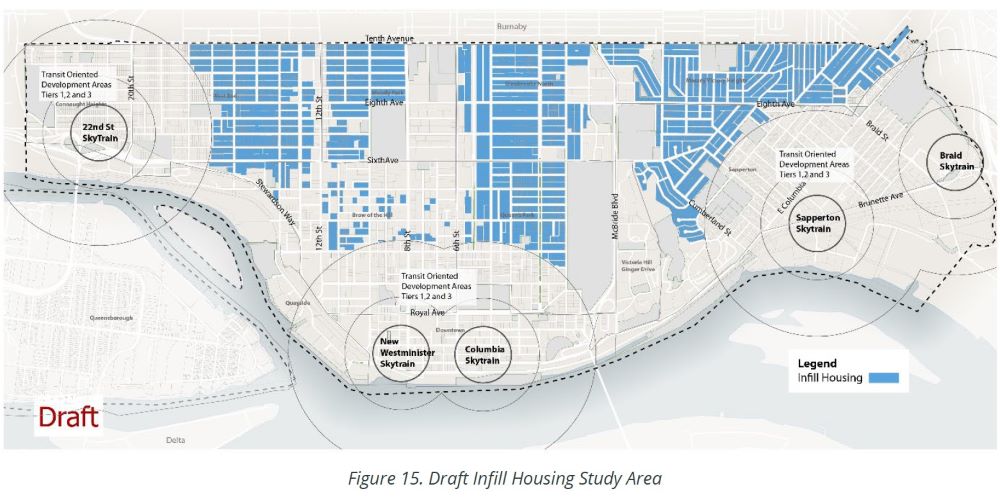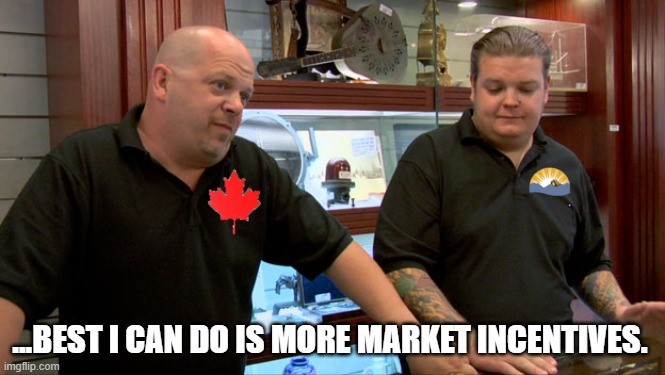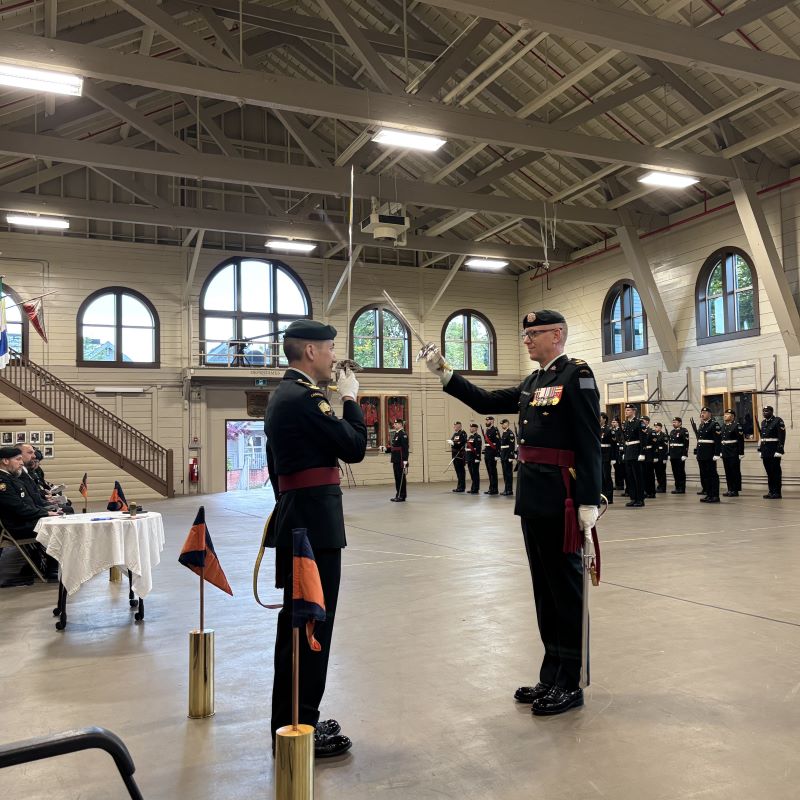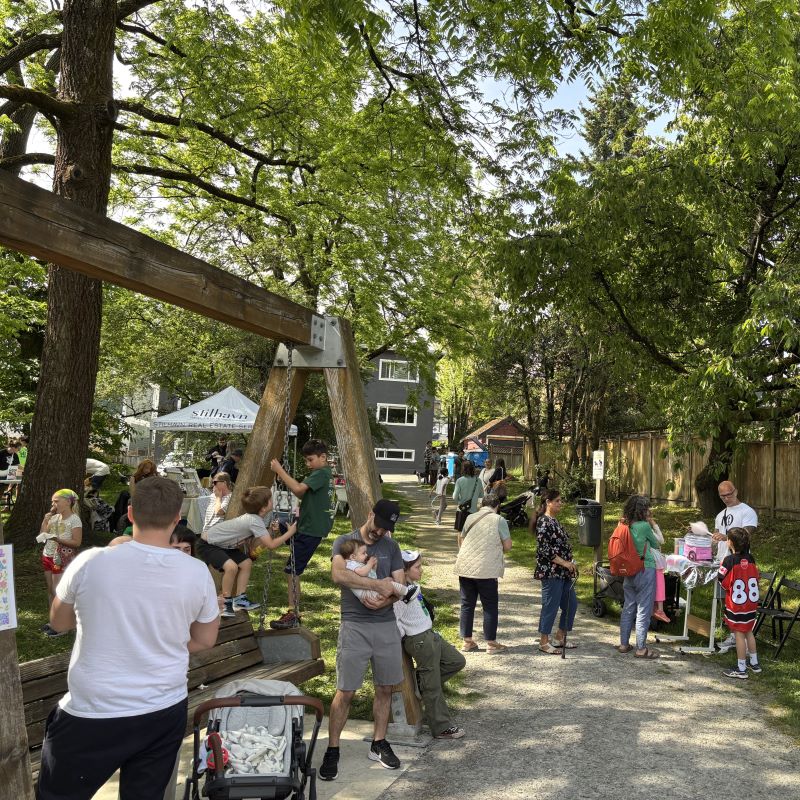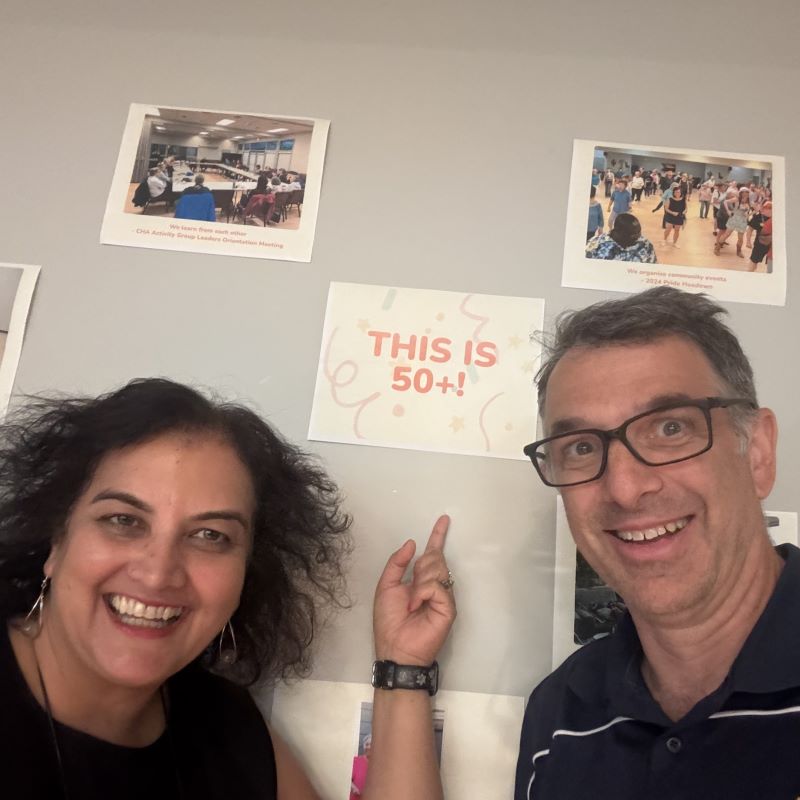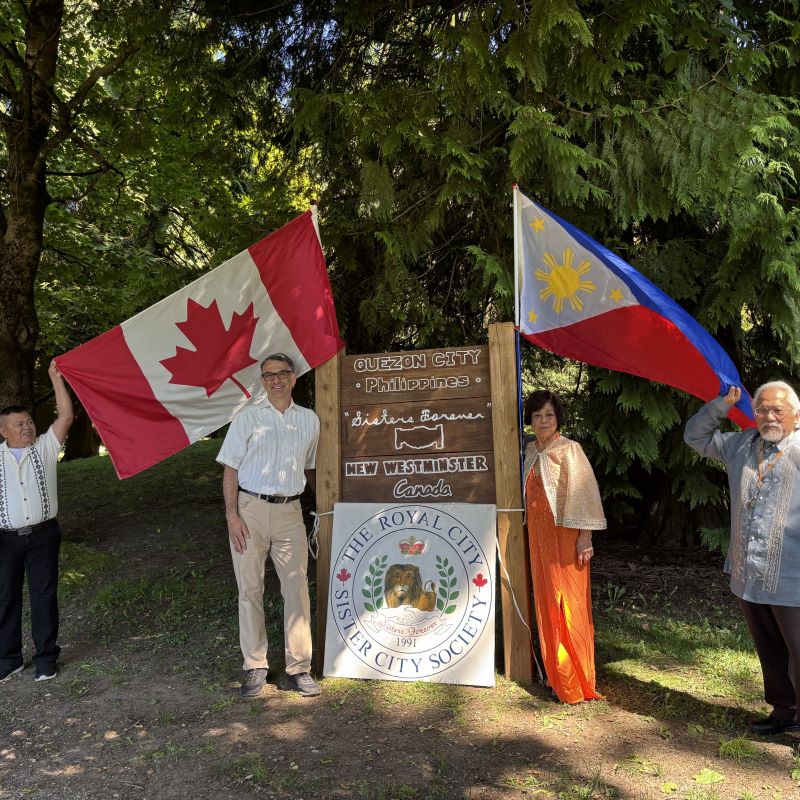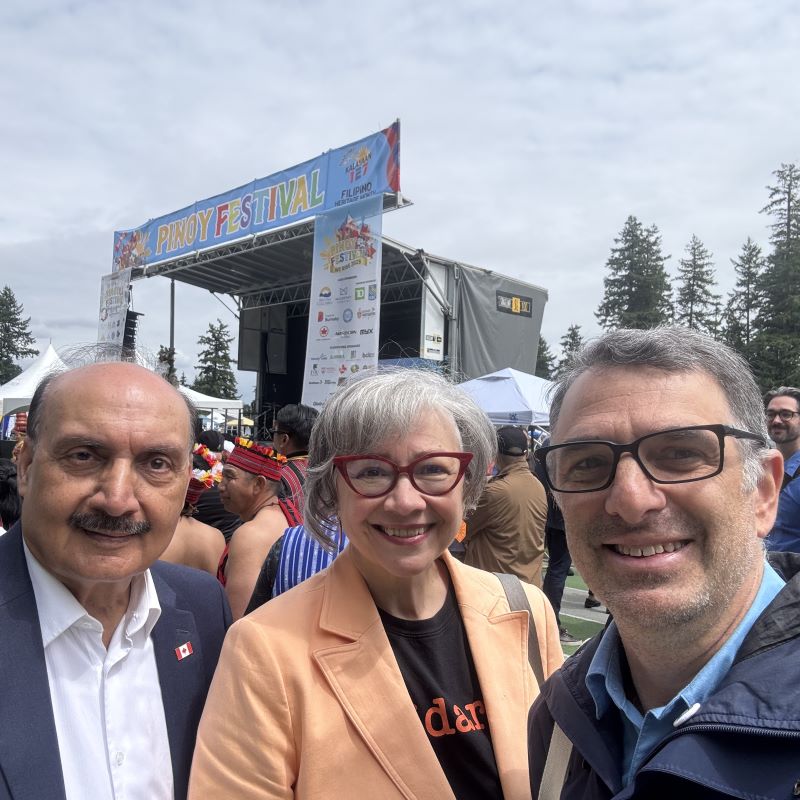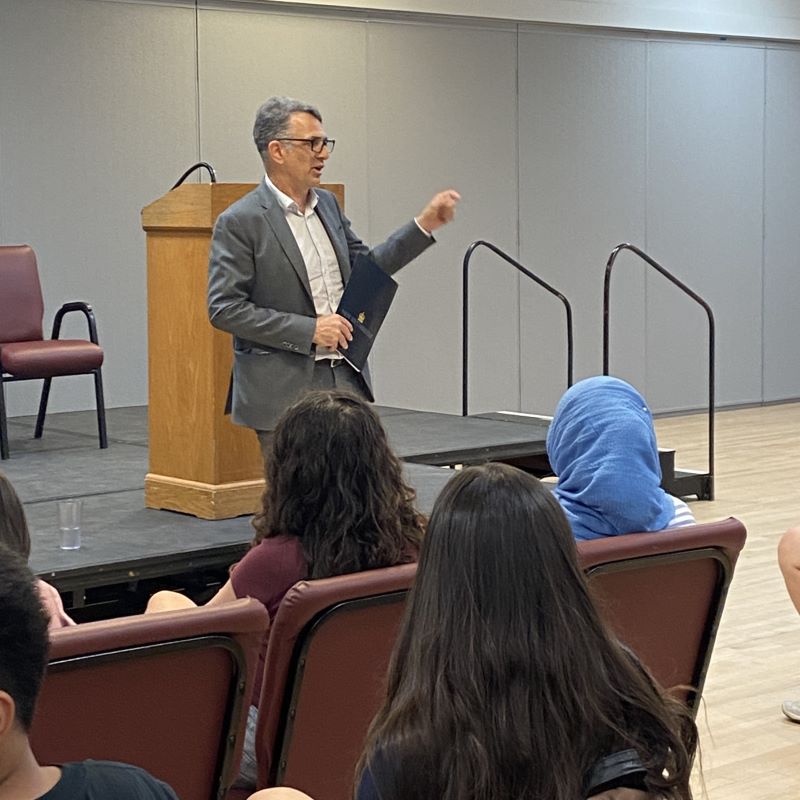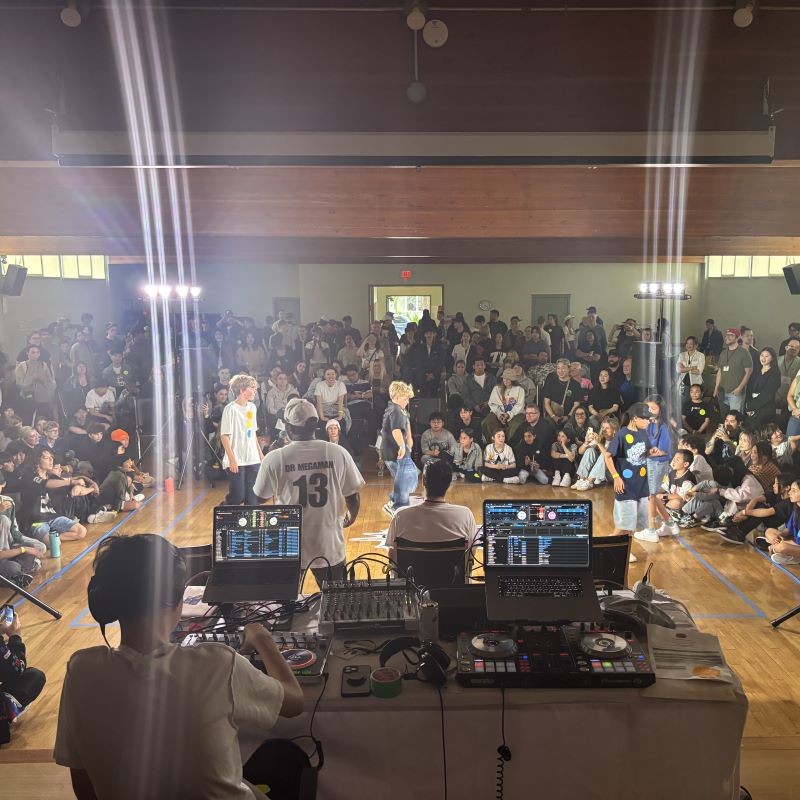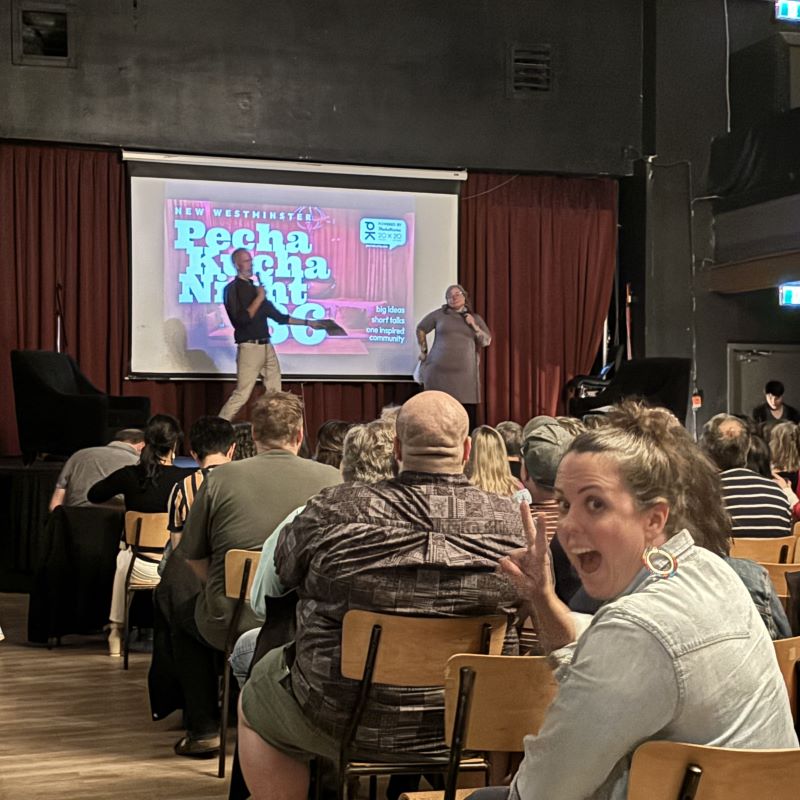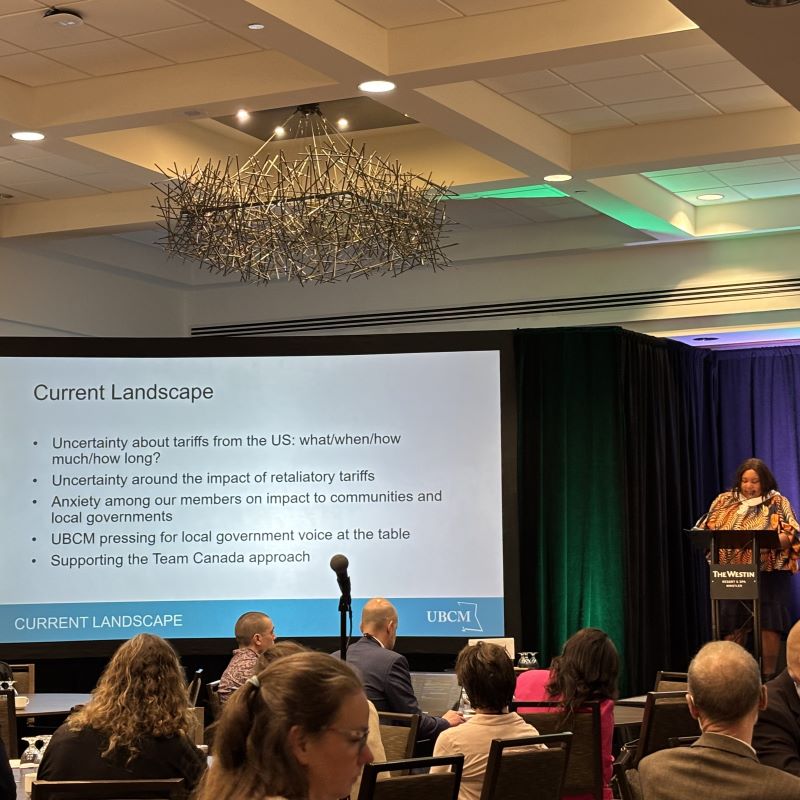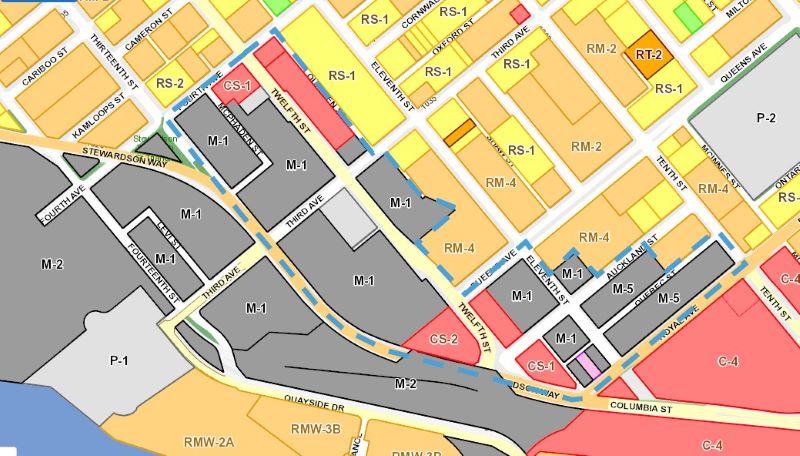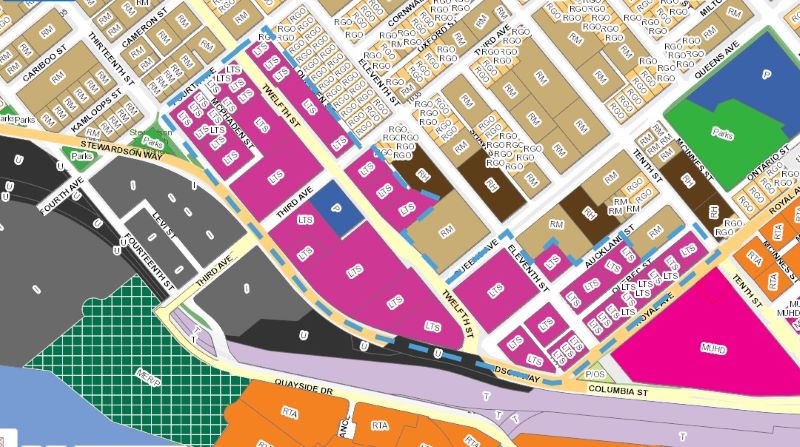If you follow Council (and if you don’t, what are you doing reading this!?) you have probably seen the saga of the London Street bikeway project. Before I report on all of Monday’s Council meeting (who has time to write?) I want to report out on where Council landed on this project and, as always, explain where my thinking so even people who don’t agree with my vote on the project understand what is behind it.
The City approved the Active Transportation Network Plan in 2022 after a couple of years of work. It is a multi-year project that is one of the pillars of the City’s (now 10 year old?) Master Transportation Plan, and also supports the City’s Official Community Plan and Climate Action strategies. At the core of it is the idea that active transportation users (cyclists, scooters, people with motorized mobility aides, etc) require a network, not just spot improvements or reactive treatments. We would never build a road that connects to no other roads, but for too long that has been the practice with safe AT infrastructure. In cities from Vancouver to Montreal to Paris to Hoboken, building the network is key to making the shift to a safe and functional transportation system that works for everyone.
It is worth mentioning that I ran on this. During my campaign for mayor three years ago, I talked about the ATNP whenever I could, and told the community that committing to a 5-year build out and getting the first couple of years built was a goal for my first term. This is a commitment I made to the community, based on previous work when I was on Council.
The Network Plan lays out optimal routes, connecting existing routes like London Street and Agnes to new infrastructure to complete the network, and making improvements on some of those existing routes to move them closer to (if not immediately) “All Ages and Abilities”, meaning most users, 8 to 80 years old, would feel comfortable and safe using the route. This will happen over about five years, leveraging senior government active transportation funding to pay for much of it.
London Street has been a local bikeway for more than a decade (since Wayne Wright days), and is a key low-gradient Uptown connection between Crosstown routes and destinations to the East and Burnaby. It was included in year two route planning, and staff developed two design ideas to improve comfort and safety on the route. When those plans were presented to the public, we got some strong feedback from residents on London and Dublin streets, who were clear they didn’t really like either of the two plans developed. So staff took a step back and did some extended consultation to get more feedback and worked on iterating the plan to address the major concerns.
It’s worth noting that at the same time, two other routes in the City were consulted on, and though the feedback was not as intense as London Street, staff still made some minor changes to the plan to address the feedback they heard on those routes as well. This is how public consultation results in iteration of designs, and this is a good thing.
Monday at Council, it was decided to adopt a modified plan for London Street. This is neither Plan A (where two-way travel is maintained, but with the loss of 39% of the street parking) nor Plan B (where most parking was preserved, but introduced a series of alternate one-way sections for vehicles). In the extended consultation it was clear that for London Street folks, the scale of lost street parking was concern #1, and though more preferred the one-way system to manage through-traffic “rat runners” and speeds, it also raised concerns about access and confusion, and there wasn’t a clear preference for this model either.
Staff took this feedback and considerably reduced the changes on the street while emphasizing a few intersection treatments to reduce though-traffic while prioritizing access for local residents. This was an issue repeatedly raised by the neighbourhood, and one of the aspects that made London Street feel less safe for active transportation and other users. The key parts of this plan is to modify the intersection at 20th and London to stop rush hour access and “rat running”, and improved safety at 12th Street and London, which has been a long-standing bone of contention for cyclists especially. The preservation of sight lines at intersections and installation of refuge areas (“pullover pockets”) on each block where vehicles can more easily and predictably pass mean a reduction of about 9% of parking spaces (45 spaces over the 545 free street parking spaces along that 2km stretch of road), a significant change from the 39% originally proposed, but with significant safety and convenience benefits for all road users.

Staff and Council are committed to building a safer All Ages and Abilities network so more people can safely and comfortably get around the City, but are also committed to listening to feedback from the community and iterating plans and designs wherever possible to best accommodate community concerns while keeping safety of all road users as the top priority. I appreciate the many people who took part in this consultation, and though no-one got exactly what they wanted, often the best result of community consultation is finding a path that more people can support when competing priorities unenviably arise.
Curbside space is the most contentions space in any urban city, the place where competing priorities are most clear. If we cannot afford to lose a single free street parking space, then we will never be able to build safer transportation infrastructure, this is a simple geometry problem. Finding balance and compromise based on clear priorities is the best we can do, it is the art of governance. I think we found that balance on London Street best we could.
